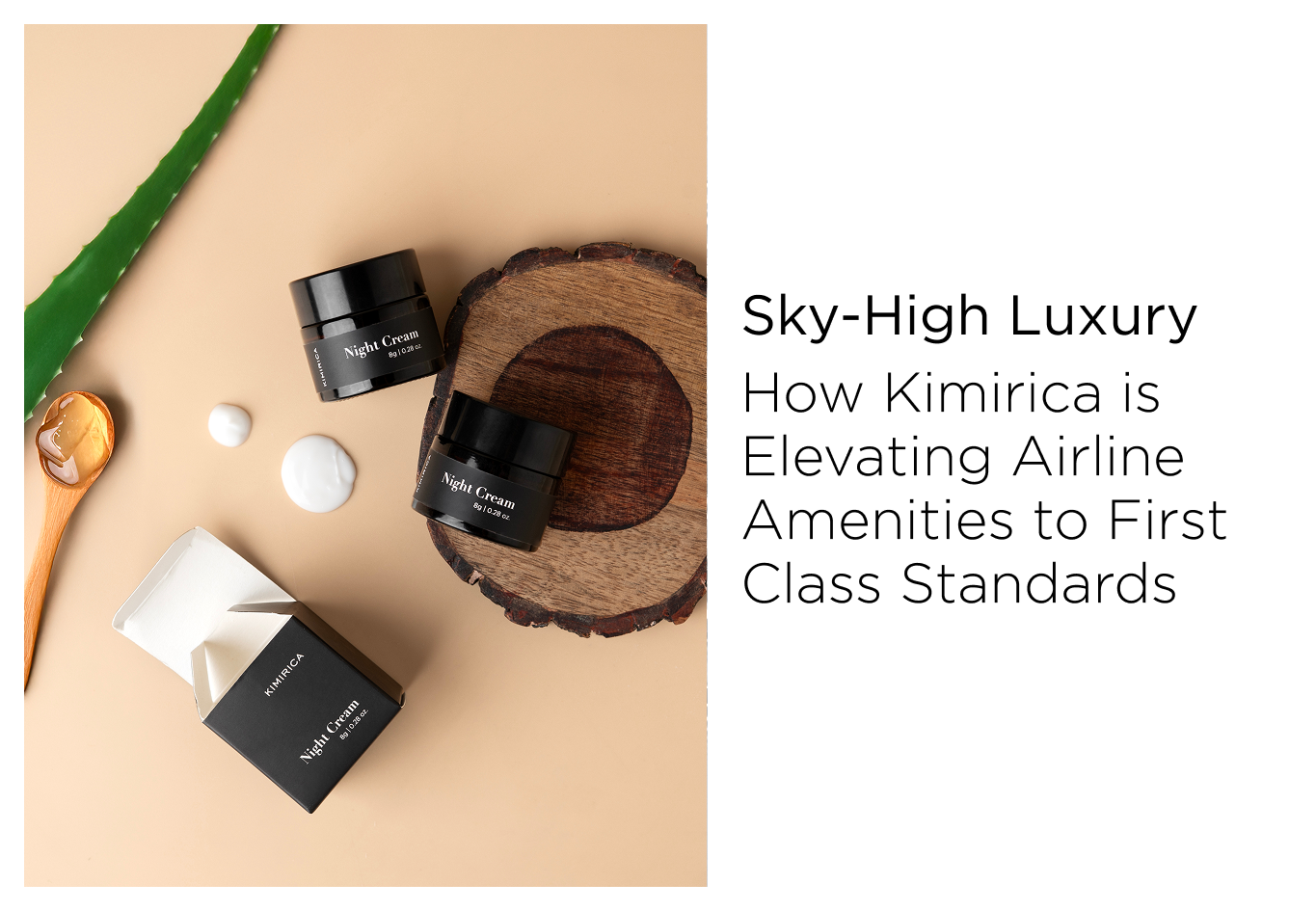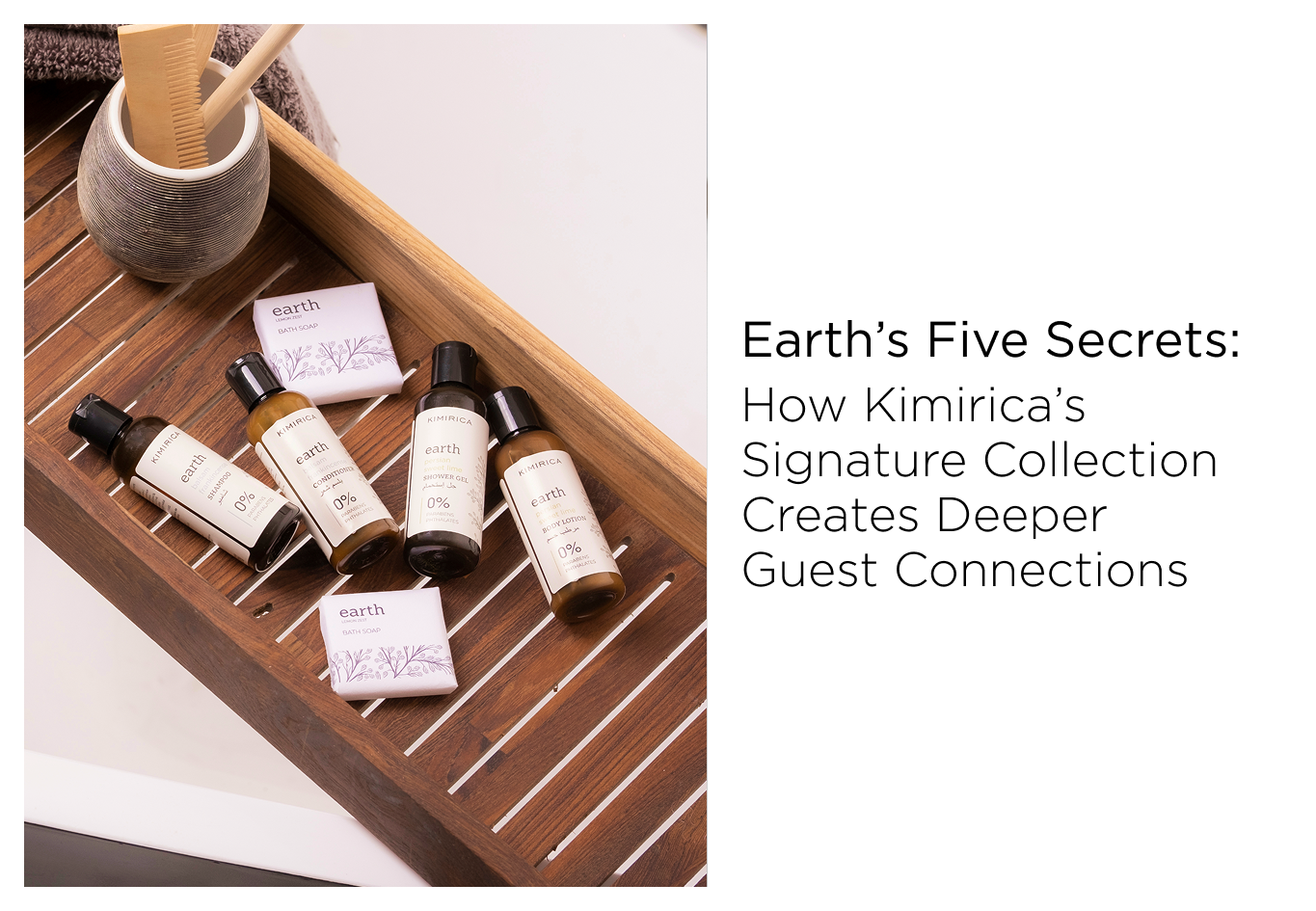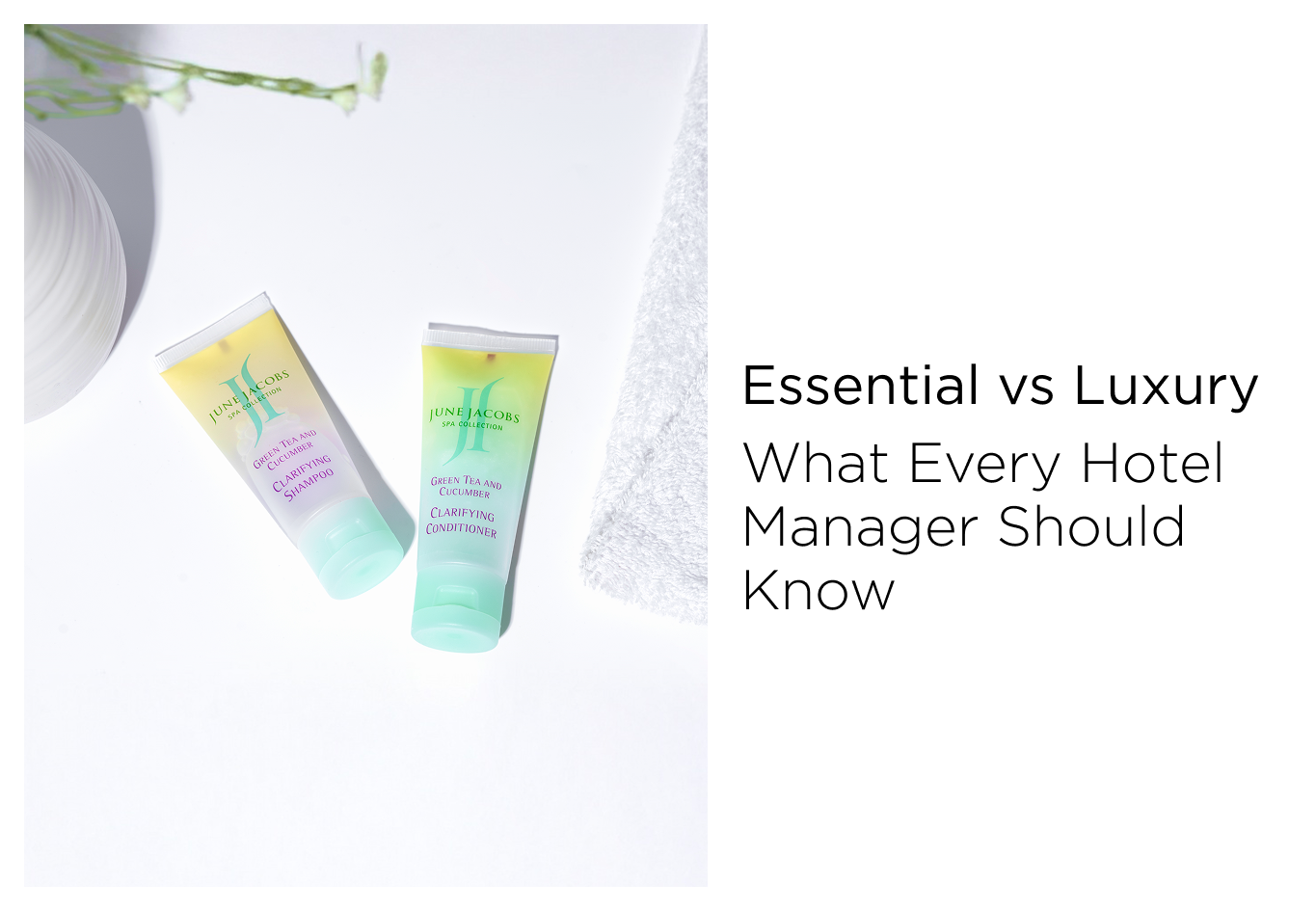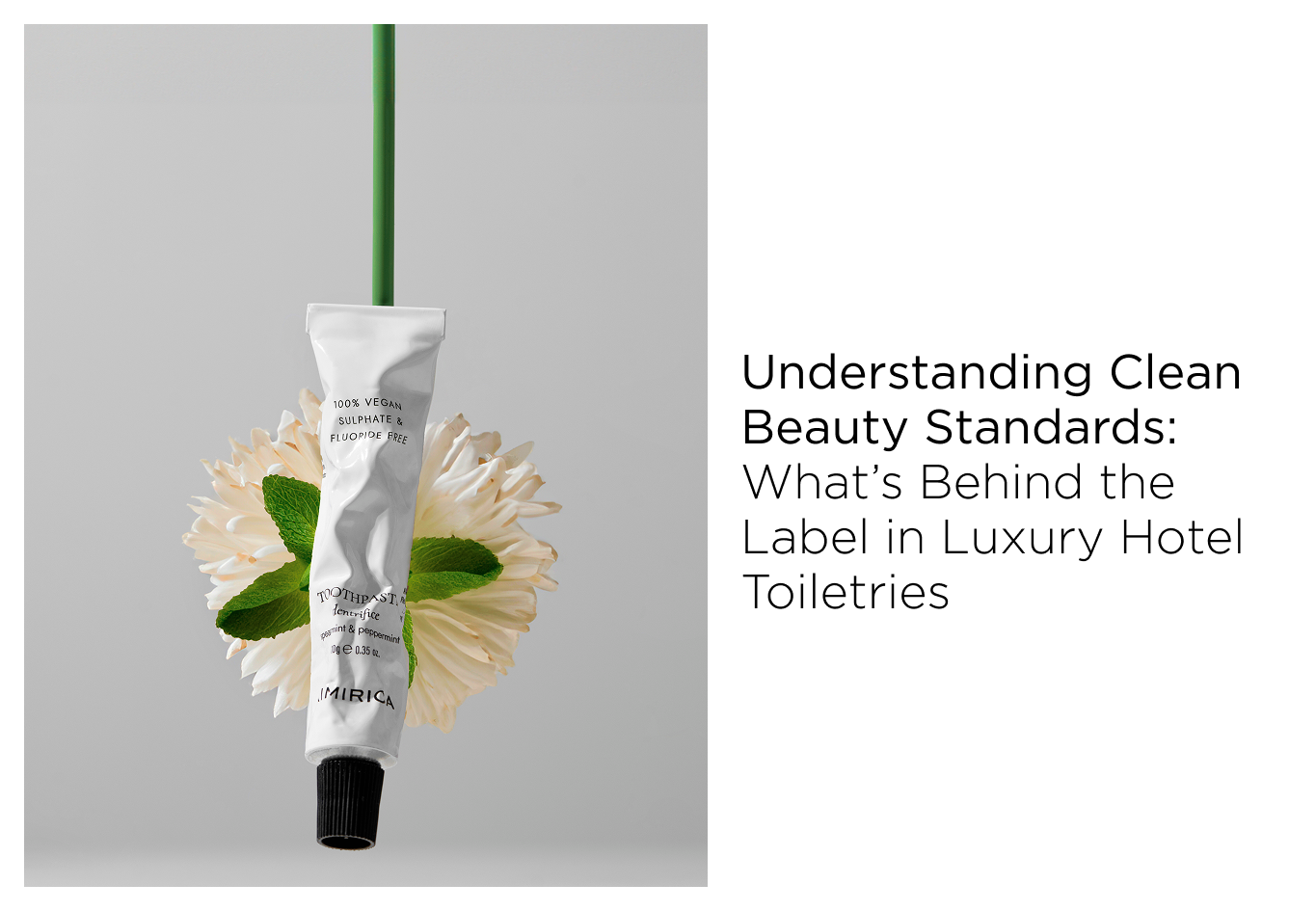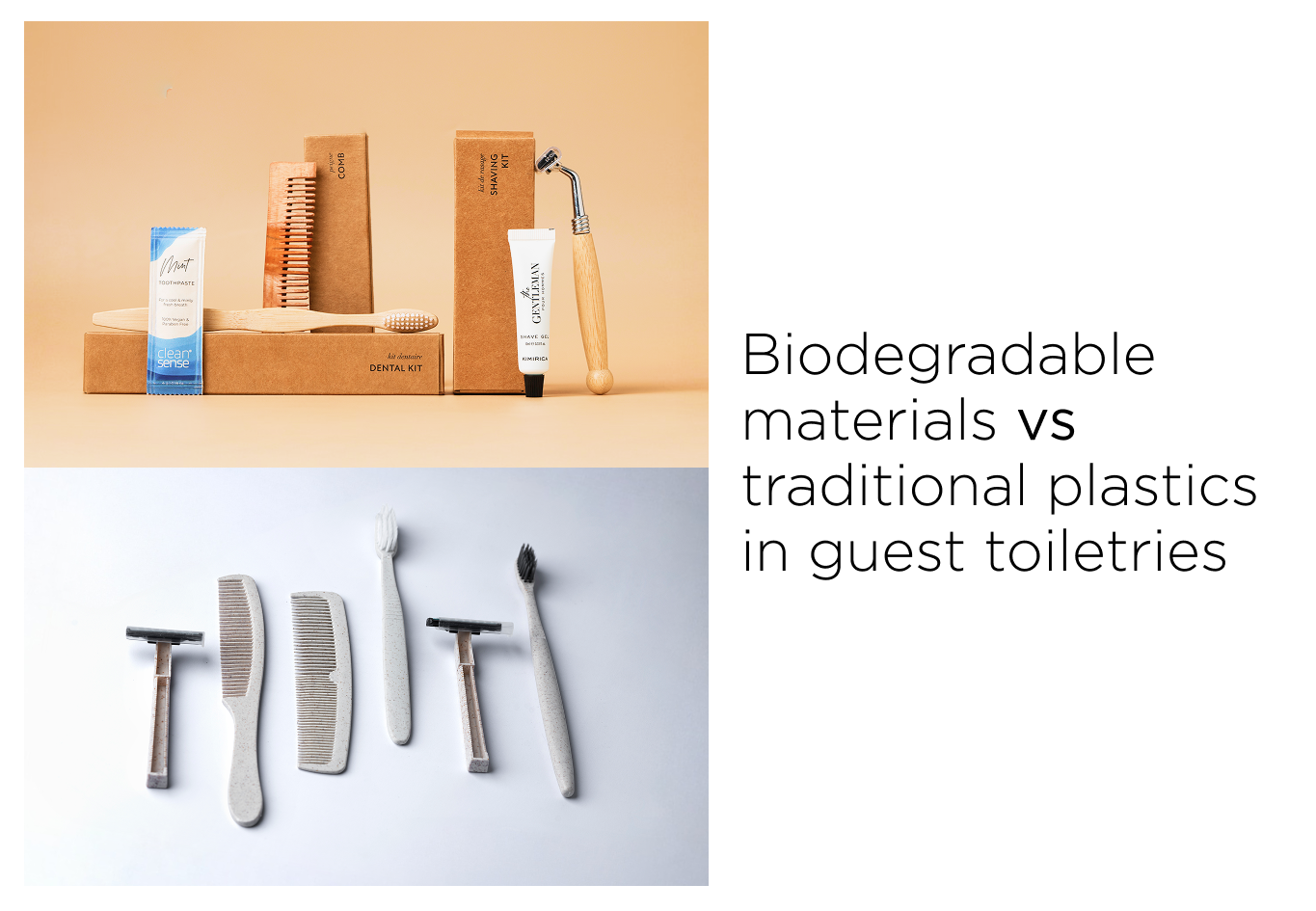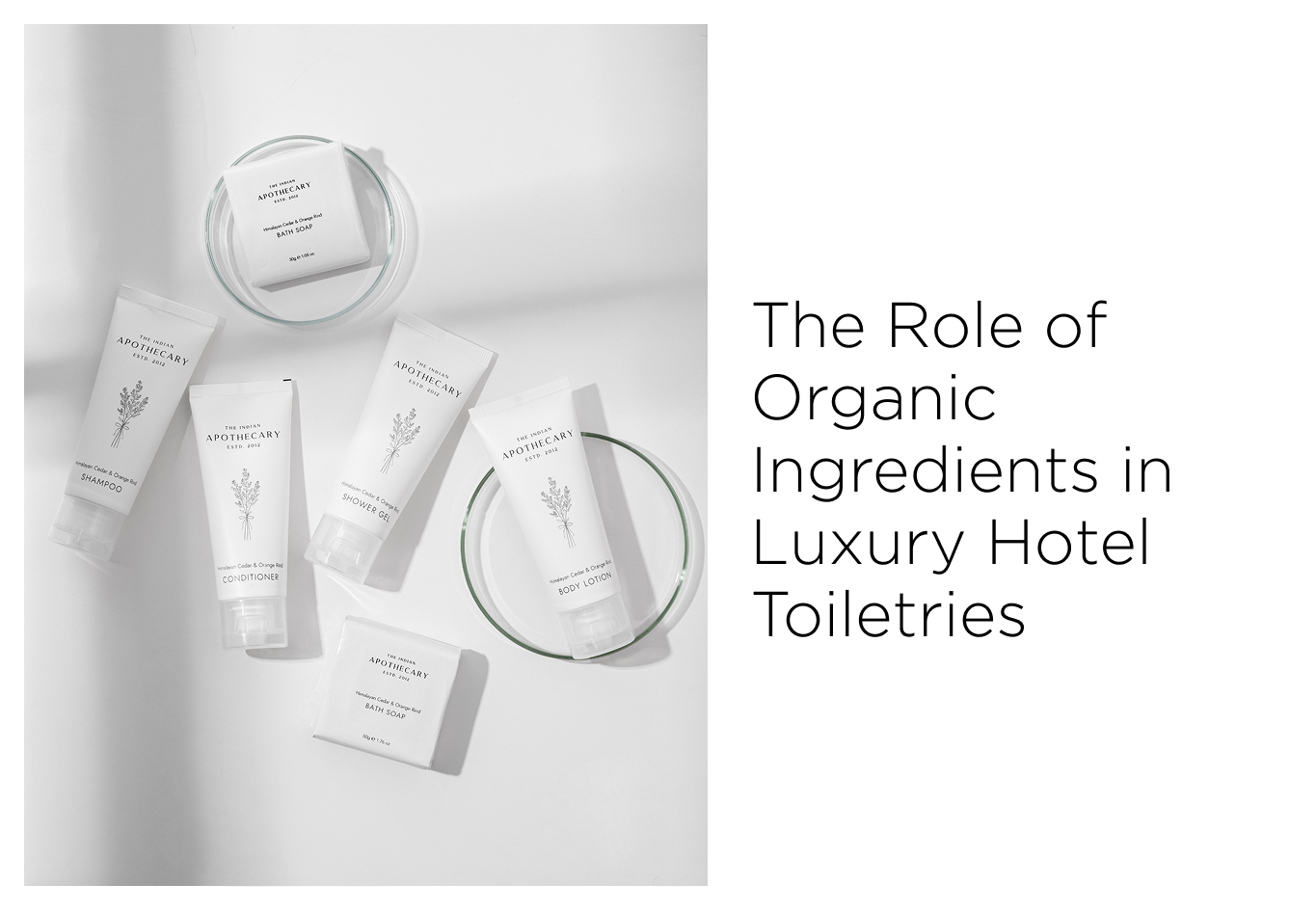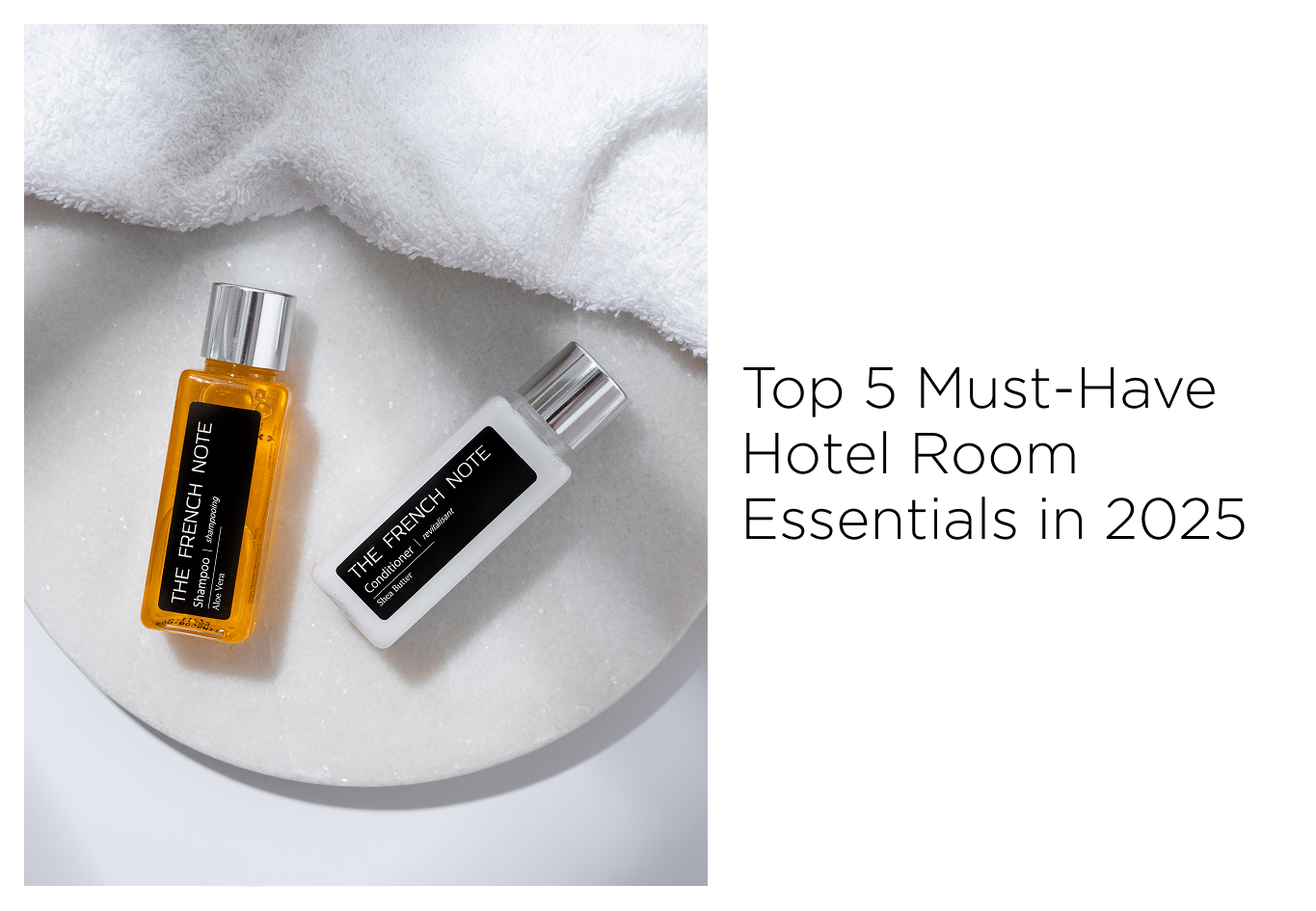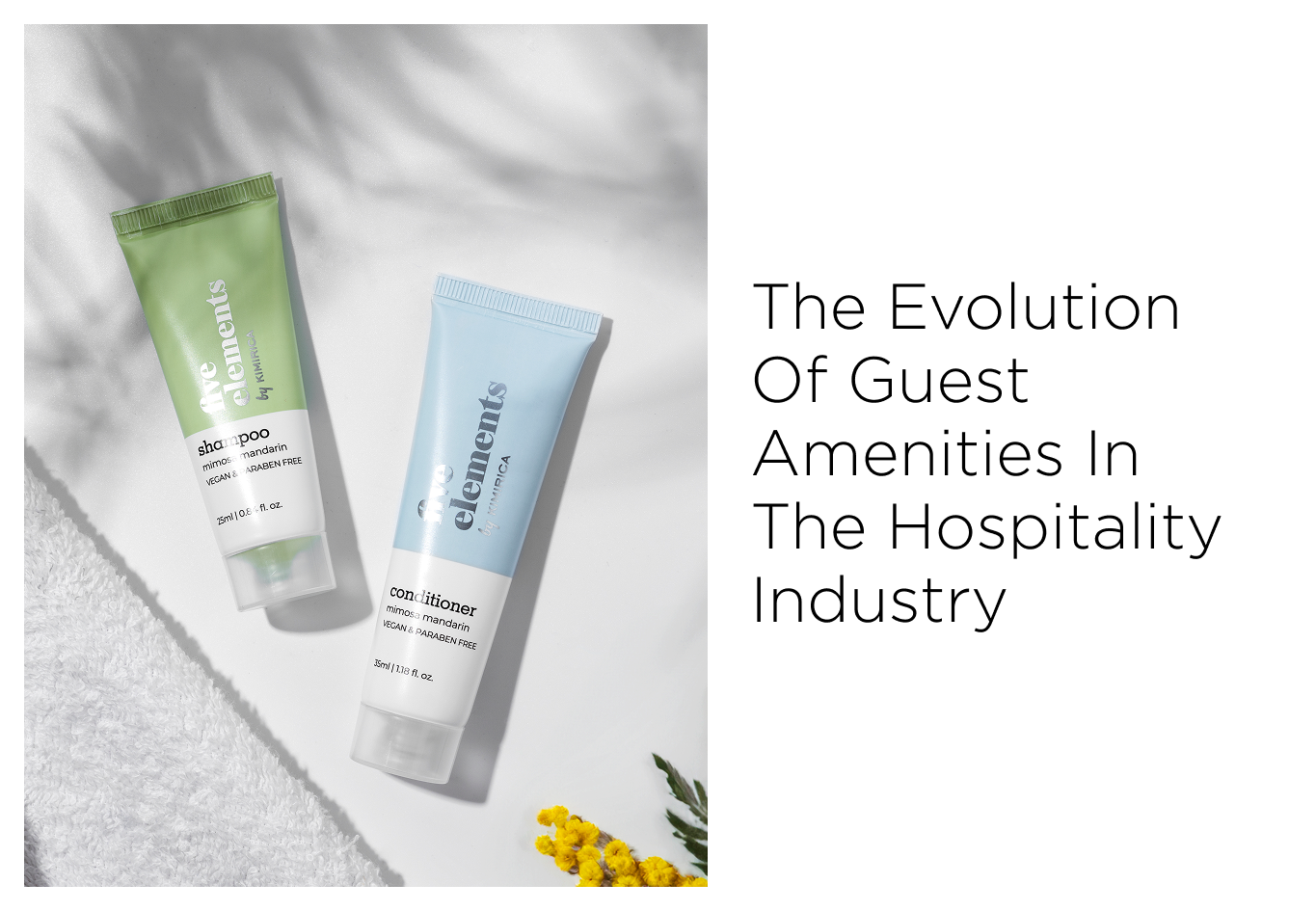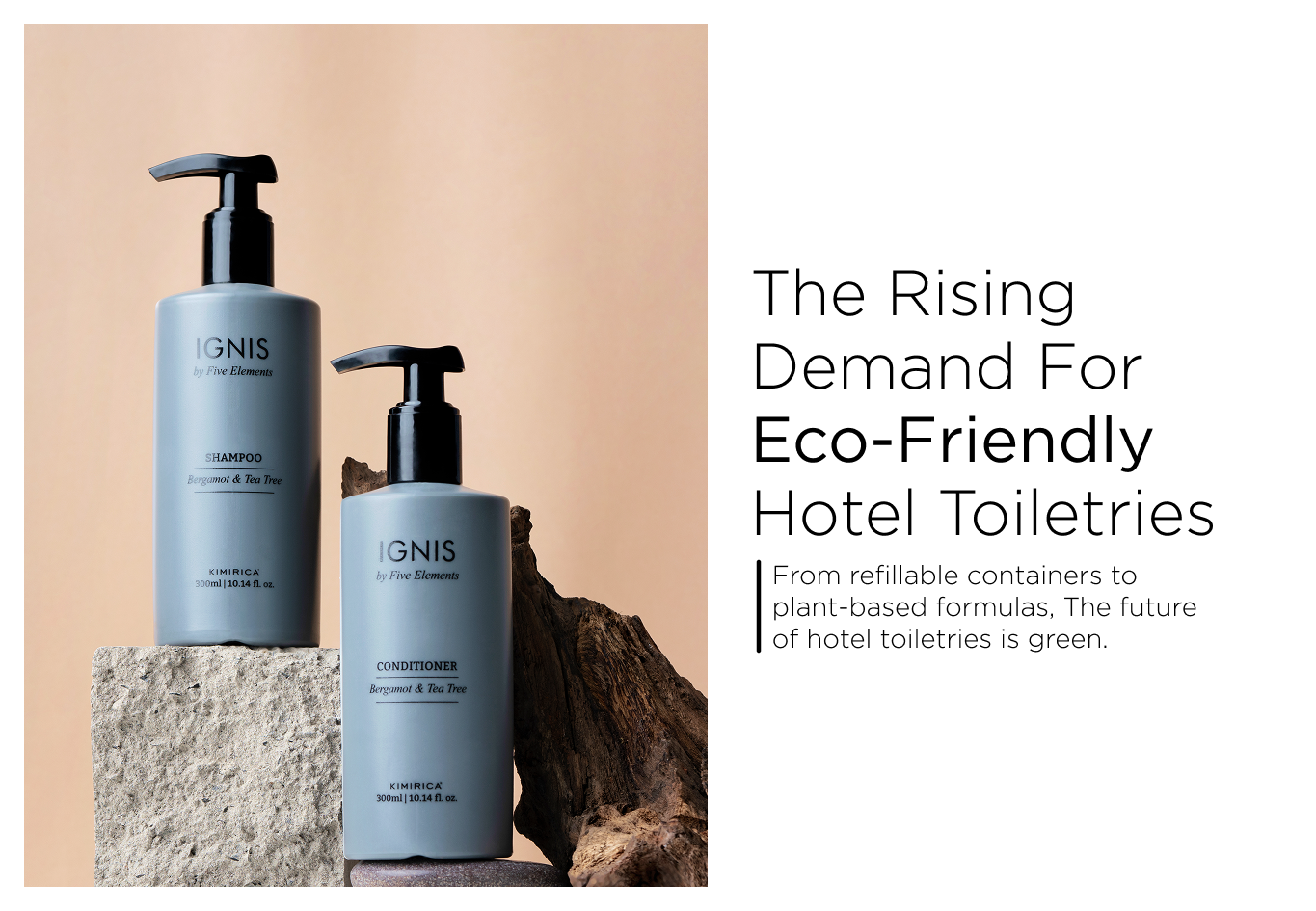May 16, 2025
Introduction: The New Face of Hospitality Isn’t Just Luxurious—It’s Responsible
A few years ago, I checked into a luxury hotel in Goa—turquoise views, artisanal décor, the works. But what truly stood out wasn’t the oceanfront room or the in-room dining. It was a toothbrush. More specifically, a neatly boxed toothbrush made from wheat straw, accompanied by a note that said, “100% biodegradable within six months.” That moment stuck with me. It made me realize that small details, when intentional, can have a surprisingly deep emotional impact.
Today, more hotels are embracing this shift. The focus is not just on comfort or aesthetics, but on responsibility and sustainable innovation. In this blog, we explore five materials that are quietly, yet powerfully, transforming luxury hotel amenities. These aren’t vague buzzwords. These are real, tangible materials already being adopted by brands like Kimirica, helping redefine the way hospitality operates.
Wheat Straw: Waste Turned Wonder
Wheat straw is the dry stalk left after the wheat harvest. Traditionally, it was either burned or discarded as agricultural waste. Now, it’s finding a second life in hotel amenities, especially in items like toothbrushes, combs, and packaging. Its appeal lies in its complete biodegradability—breaking down naturally within months. It is also lightweight, durable, and offers a soft, earthy aesthetic that aligns perfectly with luxury eco-branding.
Kimirica, a leader in sustainable hospitality products, uses wheat straw for its combs and toothbrushes, pairing them with FSC-certified brown paper packaging. The overall look is minimalist, elegant, and intentional. One boutique retreat in Rishikesh shared how guests often compliment the wheat straw amenities more than the interiors—a powerful reminder that these thoughtful eco-touches truly resonate.
Cornstarch: The Smart Plastic Alternative
Polylactic acid (PLA), derived from fermented corn starch, has emerged as a practical, biodegradable alternative to plastic. Though it looks and feels like traditional plastic, PLA decomposes far more quickly and without releasing harmful chemicals. It’s increasingly used for disposable cutlery and bath accessories in eco-conscious hotel setups.
Hotels are adopting PLA because of its renewable, plant-based origin, industrial compostability, and safety for guests. For instance, a wellness resort in Kerala replaced bottled toiletries with dispenser systems and PLA-based packaging. This simple shift helped them eliminate over 12,000 plastic bottles in just one year, proving that even subtle changes can have massive environmental benefits.
Bamboo: Elegant, Earth-Friendly, and Growing Fast
Bamboo is one of the most sustainable raw materials available today. It grows rapidly, regenerates naturally without the need for pesticides, and is highly versatile. In hotel environments, bamboo is used to craft everything from hairbrushes and toothbrushes to razor handles and even towels and slippers made from bamboo fabric blends.
Its visual appeal adds another layer of value. Bamboo has a naturally light tone, smooth grain, and clean finish—making it a preferred choice for upscale interiors. Kimirica has embraced bamboo in its amenity kits, blending functionality with style. The first time I personally used a bamboo toothbrush at a hotel, I was surprised by the subtle warmth it offered. It felt more natural, less clinical than plastic—and that sensory difference stayed with me.
Sugarcane Paper: Waste That Works
Bagasse, the fibrous residue left after extracting juice from sugarcane, is another standout material. It’s compostable, water-resistant, and lightweight, making it ideal for packaging hotel amenities. Bagasse is a smart way to repurpose agricultural waste that would otherwise be burned or discarded.
Hotels use sugarcane paper for spa kit trays, toiletry holders, and dry product packaging. A property in Coorg, for example, uses sugarcane trays for in-room spa kits. Not only are they functional and biodegradable, but they’re also so aesthetically pleasing that guests often ask if they’re available for purchase. It’s a small but meaningful way to elevate both design and environmental responsibility.
FSC-Certified Brown Paper: The Packaging Revolution
The packaging of a product is often the guest’s first tactile interaction with a brand, and FSC-certified brown paper is changing that experience for the better. Fully biodegradable and recyclable, brown paper offers a rustic yet premium look. It’s also highly customizable, allowing for soy-based inks and water-safe printing techniques that align with green initiatives.
Hotels now wrap soaps, shampoos, and grooming kits in brown paper. Kimirica has fully eliminated plastic from its premium lines by adopting brown paper for all exterior wrapping. Their clean, minimalist aesthetic aligns with modern luxury standards while cutting down drastically on single-use plastic. In fact, a hotel in Delhi reported a 38% reduction in overall plastic waste just six months after switching to brown paper packaging for all in-room amenities.
Why These Materials Matter in 2025 and Beyond
Sustainable hotel products are no longer a niche trend—they are now the industry standard. Guests, especially millennials and Gen Z travelers, expect transparency, accountability, and visible action on environmental concerns. Whether you’re running a high-end luxury hotel or a cozy boutique retreat, the message is clear: eco-conscious decisions aren’t optional anymore.
Integrating materials like bamboo, wheat straw, sugarcane paper, PLA, and FSC-certified brown paper goes beyond ticking regulatory boxes. It helps you build emotional equity with your guests. It says, “We care about the planet, and we care about you.”
Frequently Asked Questions
1. Are these sustainable materials durable enough for hotel use?
Absolutely. Bamboo, cornstarch, and sugarcane paper have been rigorously tested in high-end hotels without compromising quality.
2. Will switching to sustainable amenities increase operational costs?
Initially, yes. But long-term, it boosts brand value, improves guest satisfaction, and cuts waste disposal costs.
3. Can these materials be composted at home?
Most can. Wheat straw and brown paper break down naturally. Cornstarch (PLA) requires industrial composting.
4. Do guests care about biodegradable hotel amenities?
Yes—especially Gen Z, millennials, and international travelers. Sustainability is now a booking criterion.
5. What’s the easiest way to start?
Begin with packaging. Replace plastic wraps with FSC-certified brown paper. Then transition to bamboo or wheat straw amenities.
It’s Not Just a Trend—It’s a Transformation
Hotels are no longer judged only by their views or menus. They’re judged by their values.
In 2025, values like sustainability, transparency, and purpose are non-negotiable. Adopting these materials isn’t just an environmental effort—it’s a guest experience upgrade.
It tells every person who walks into your room:
“We care about you. And we care about the planet.”
Final Thought
What’s one sustainable change you’d love to see in every hotel? Better packaging? Plastic-free amenities? Refill stations?
Every small shift counts.For hotels looking to start strong, partner with brands like Kimirica, where sustainability meets sophistication—and comfort is never compromised.




